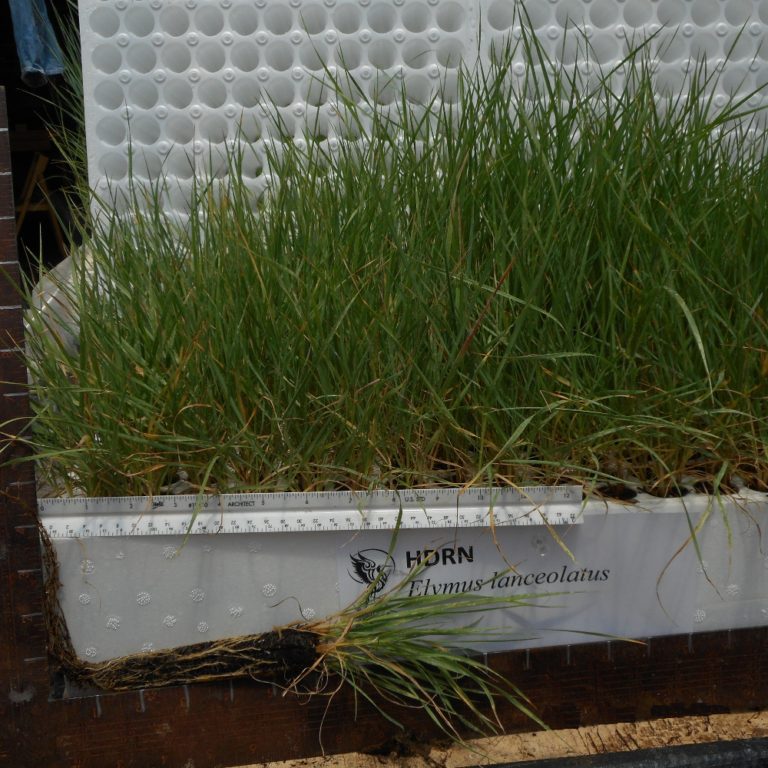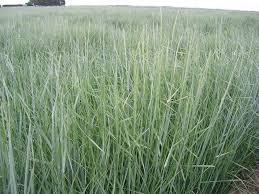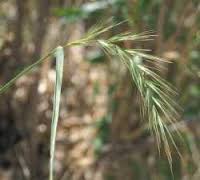This is a perennial, sod-forming grass. It is a long-lived, cool season native with an extensive rhizomatous root system combined with a few deep roots… Streambank wheatgrass (E. lanceolatus ssp. lanceolatus) and (E. lanceolatus ssp. psammophilus) are well adapted to the stabilization of disturbed soils. They do not compete well with aggressive introduced grasses during the establishment period, but are very compatible with slower developing natives, such as Snake River wheatgrass (Elymus wawawaiensis), bluebunch wheatgrass (Pseudoroegneria spicata), Western wheatgrass (Pascopyrum smithii), and needlegrass (Stipa spp.) species. Their drought tolerance combined with rhizomes, fibrous root systems, and good seedling vigor make these species ideal for reclamation in areas receiving 8 to 20 inches annual precipitation…Streambank wheatgrass’ low growth form, vigorous sod, and low maintenance requirements make it ideal for stabilization and ground cover purposes. These grasses can be used in urban areas where irrigation water is limited to provide ground cover and to stabilize ditchbanks, dikes, and roadsides.
Elymus lanceolatus – Streambank wheatgrass, Streamside wheatgrass, Northern wheatgrass, Thickspike
NRCS Plant Profile Plant Guide .pdf



